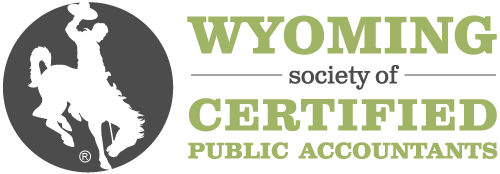Description
Obtain a comprehensive review of the laws and regulations impacting S corporations. Be updated on the IRS' compliance campaign that targets the improper reporting and calculations of stock basis and distributions. Learn how to properly calculate and then report critical S corporation tax items that generate most IRS audit adjustments. Course topics cover issues such as S corporation qualifications, making and keeping the S election, reasonable compensation, taxation of distributions, the use of Qualified Subchapter S Subsidiaries, allocation of annual operating income and loss, S corporation tax reporting elections and learning the proper method to calculate the basis of stock and debt amounts.
Highlights
- Discuss all new legislative, administrative, and judicial changes affecting S corporation and shareholders.
- Learn how to qualify and to make the S corporation election.
- Learn the qualifications for S corporation stock ownership.
- Understand how to calculate initial and annual stock and debt basis amounts and the three reasons why they are maintained.
- Understand the four loss limitation rules applied on the shareholder's individual income tax return (i.e., basis, at-risk, passive, and excess business loss limitations).
- Understand the proper tax treatment and reporting of a distribution from the S corporation to a shareholder.
- Learn how to calculate the three S corporation taxes.
- Learn how to calculate AAA and OAA account for an S corporation.
- Determine the impact of health insurance, the net investment income tax, qualified business income tax deduction and unreasonable compensation issues on the reporting function of the S corporation.
Objectives
- Identify examples of "legacy" array formulas
- List examples of when dynamic arrays can be useful
- Create formulas using Excel's SORT, FILTER, UNIQUE, and SEQUENCE functions
- Cite examples of when using Dynamic Arrays is advisable
Designed For
Tax professionals.
Registration for this course has passed.
Course Pricing
WYOCPA Member Fee
$289.00
Non-Member Fee
$389.00
Your Price
$389.00
Upcoming Courses
-
Excel - Feature Review in 100 minutes
April 26, 2024
-
Pass-through and Corporate Annual Tax Update
April 26, 2024
-
Risk Management Techniques and Tools
April 26, 2024
View all upcoming courses
